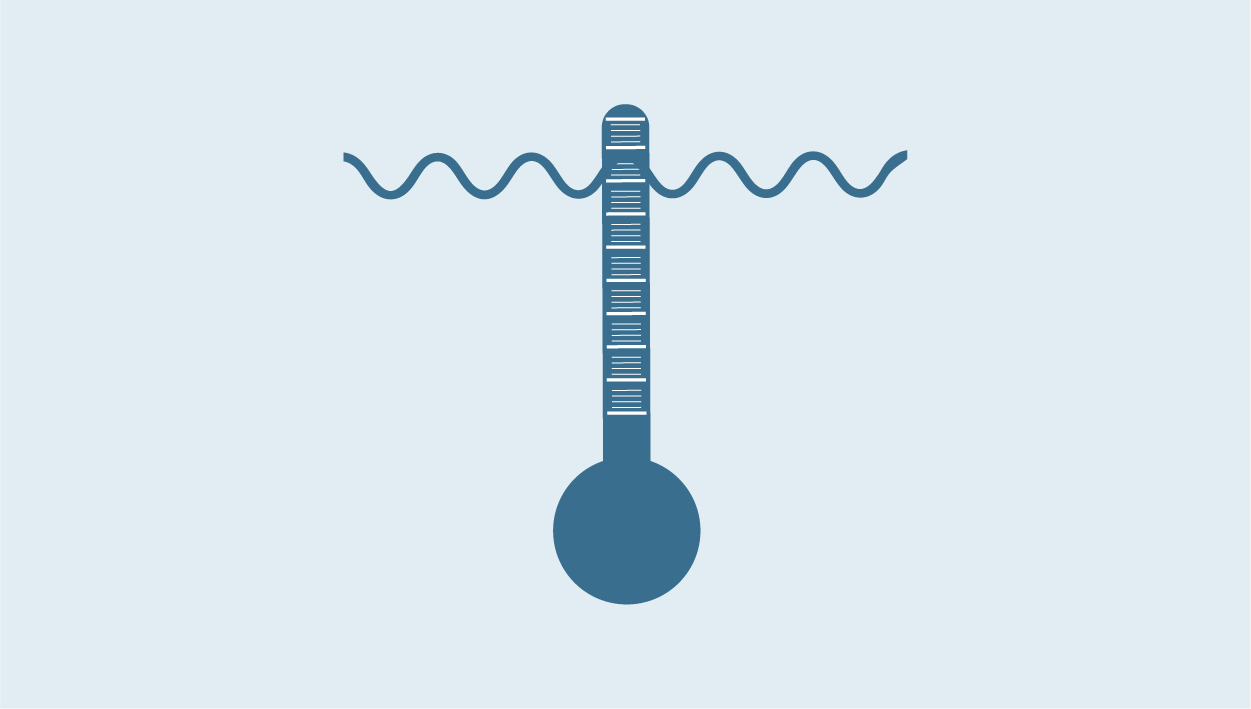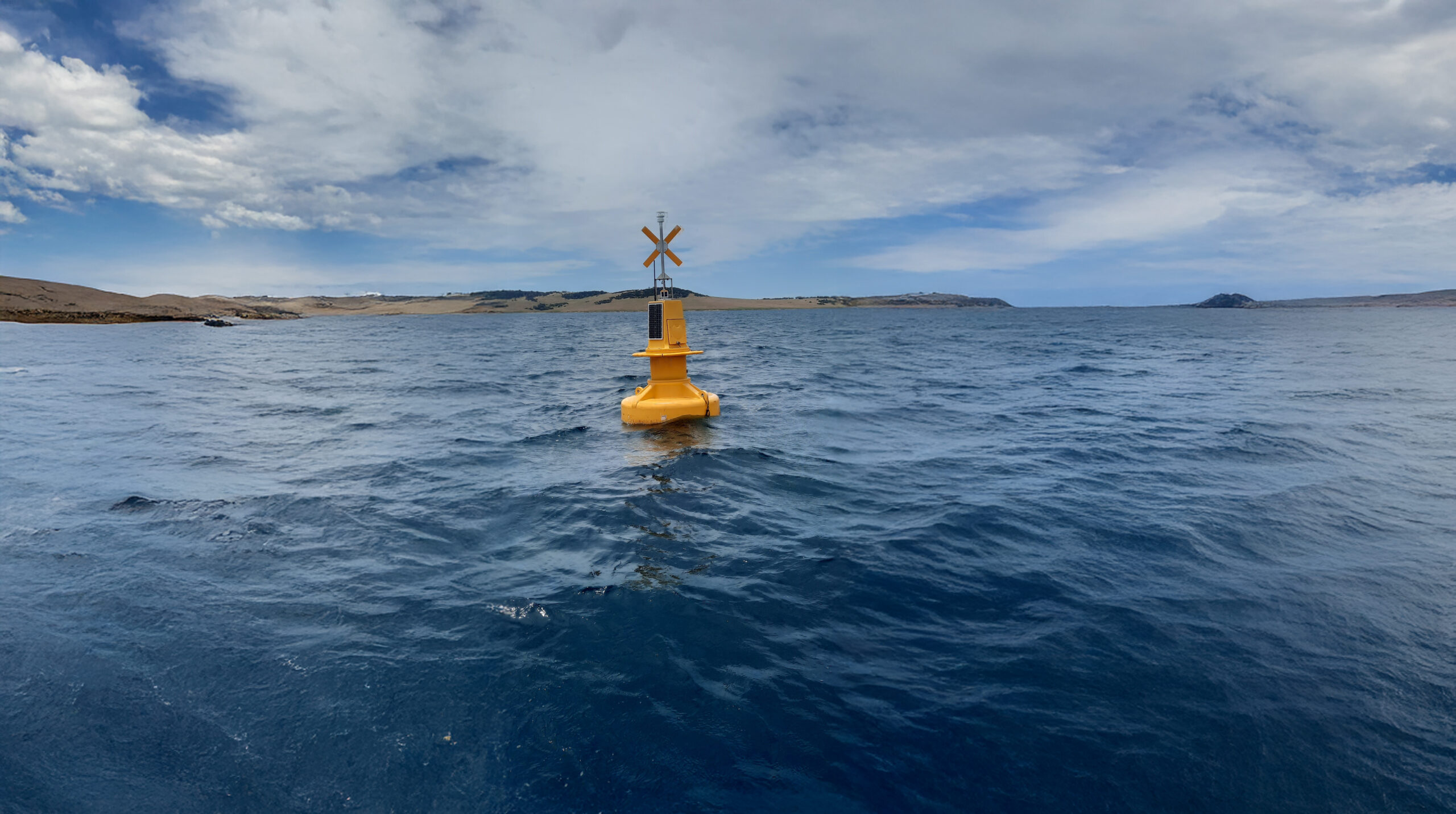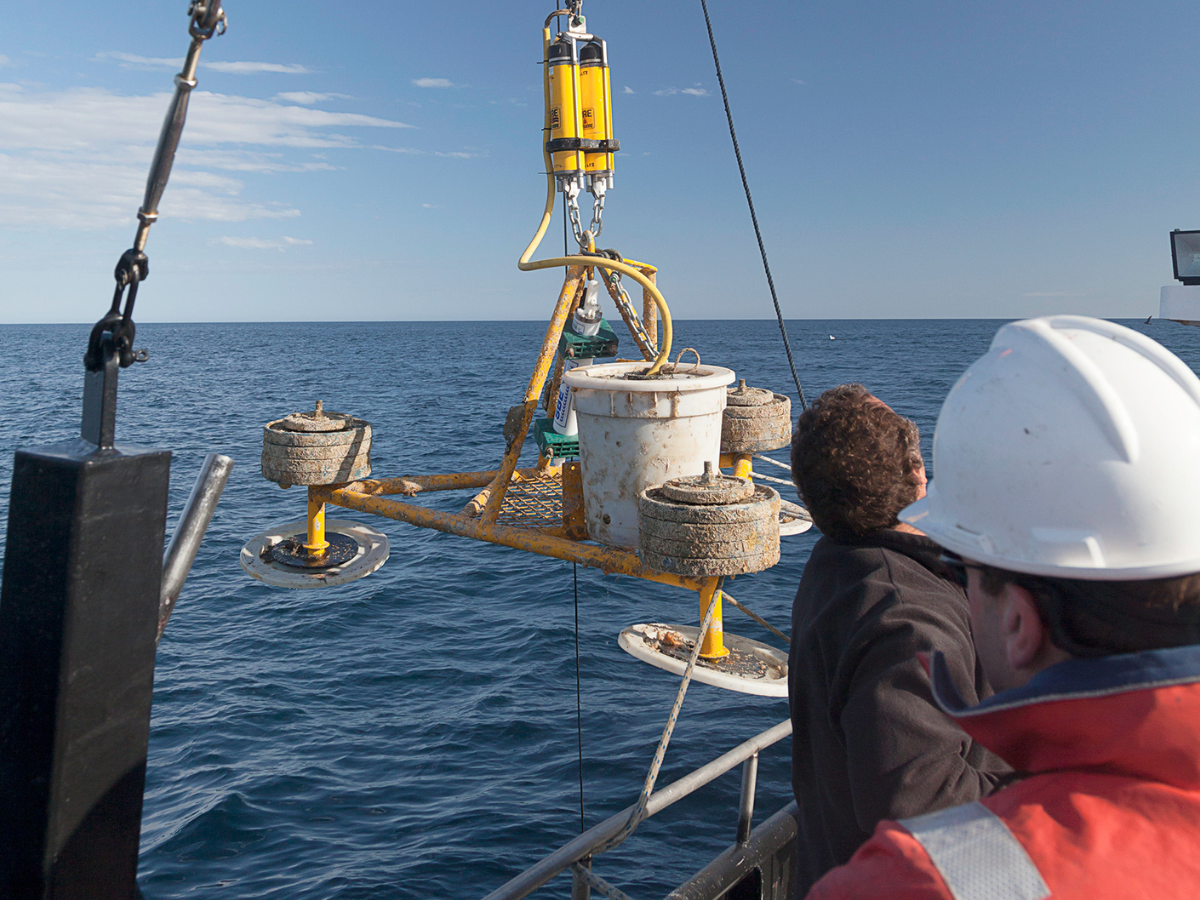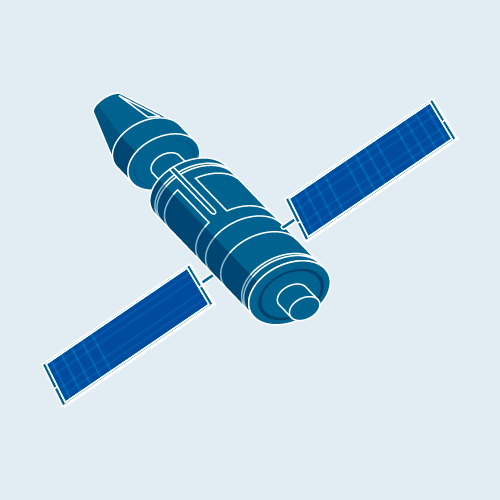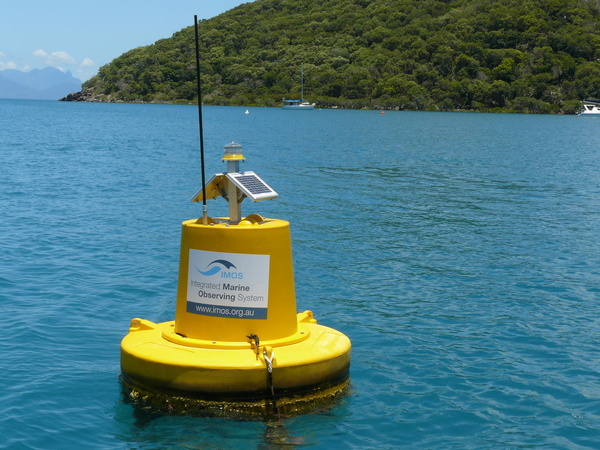Animal Tagging
Animal Tagging
Animal Tagging deploys Satellite Relay Data Loggers (SRDL) on several species of Southern Ocean seals including both weddell and southern elephant seals. These data loggers are often equipped with a CTD and fluorometer, collecting high resolution ocean observations in the deep Southern Ocean and Antarctic waters.
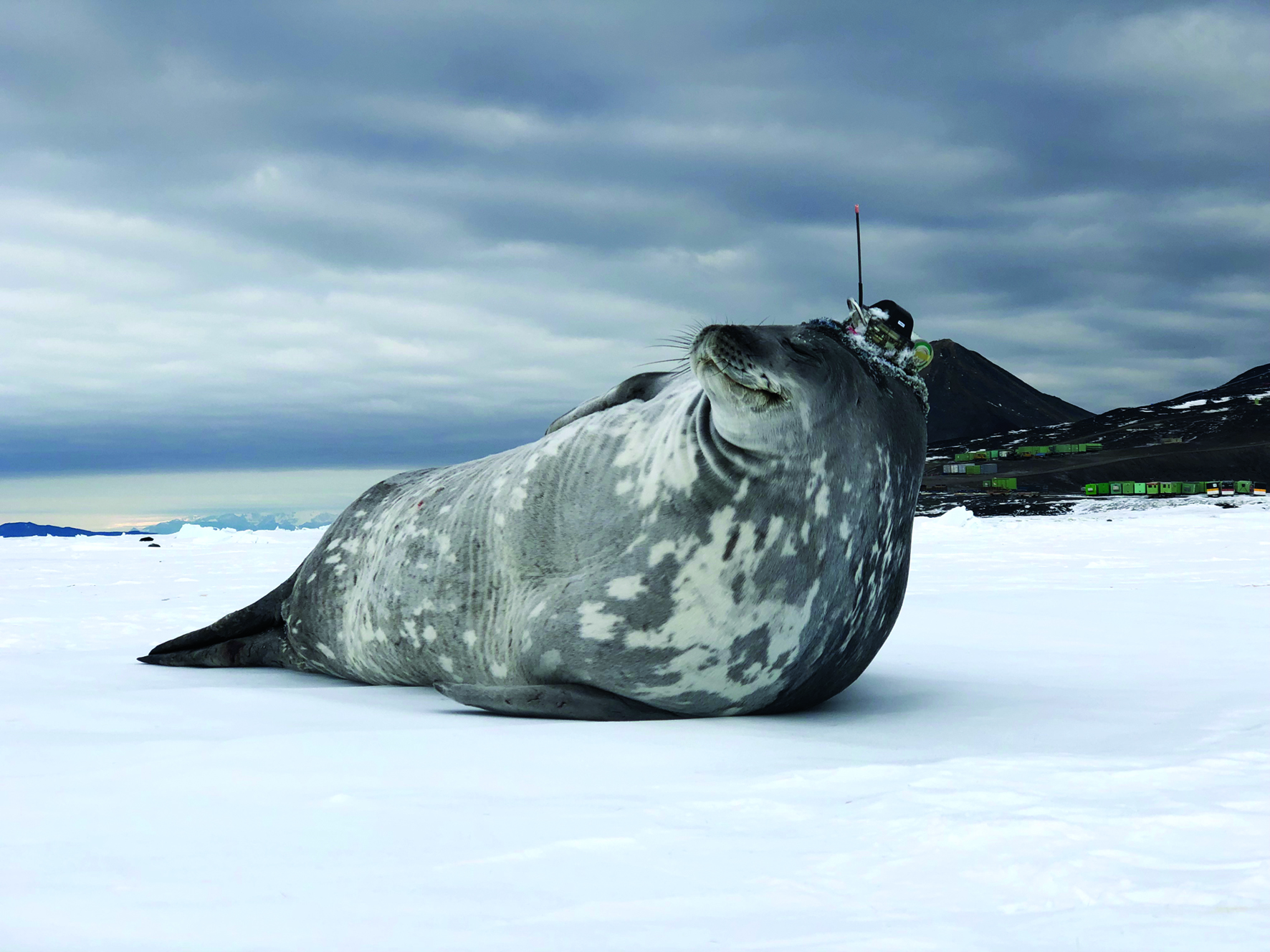
 Rob Harcourt, Macquarie University
Rob Harcourt, Macquarie University
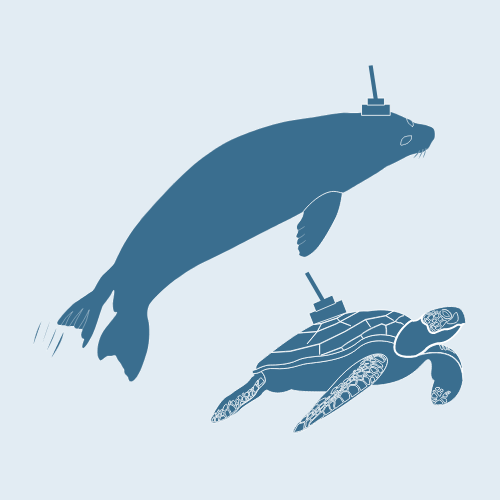
Data collection
Fitting seals with these miniaturised loggers provide the ability to collect valuable oceanographic measurements in regions often inaccessible to ship-based researchers, whilst also providing information on seal behaviour. Data is transmitted in near real-time using the Advanced Research and Global Observation Satellite (Argos) system. Geolocation archival (GLS) tags have also been used in seabirds, such as the short-tailed shearwater, snow petrels and emperor penguins, however the use of these tags was ceased in 2014.
Why it’s important
The merging of oceanography and marine mammal ecology advances our understanding of the world’s oceans and its top predators and allow us to predict how these species will be affected by future climate changes. Furthermore, recent technological advancements permit the collection of important data on ocean properties throughout the Antarctic winter – data previously unavailable but crucially important to oceanographic and climate studies.
Key data streams
Select a key data stream to view all IMOS Facilities that collect that data.
Useful information
Operating institution
Sydney Institute of Marine Science
Co-investors
Centre National de la Recherche Scientifique ∙ Macquarie University ∙ University of Tasmania ∙ Laboratory of Oceanography and Climatology
Acknowledging IMOS
Users of IMOS data are required to clearly acknowledge the source material by including the following statement:
Australia’s Integrated Marine Observing System (IMOS) is enabled by the National Collaborative Research Infrastructure Strategy (NCRIS). It is operated by a consortium of institutions as an unincorporated joint venture, with the University of Tasmania as Lead Agent.


